

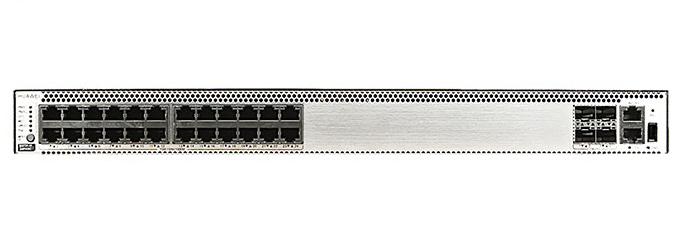
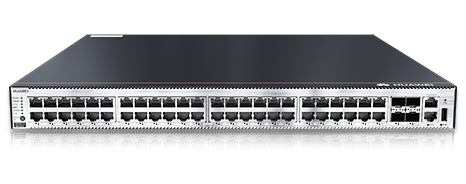
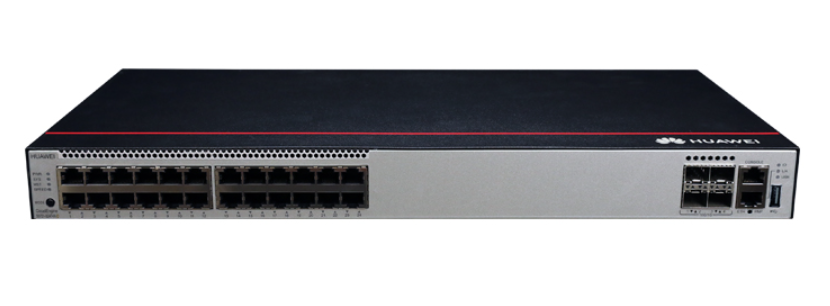
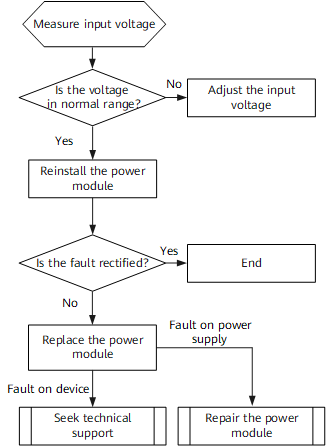

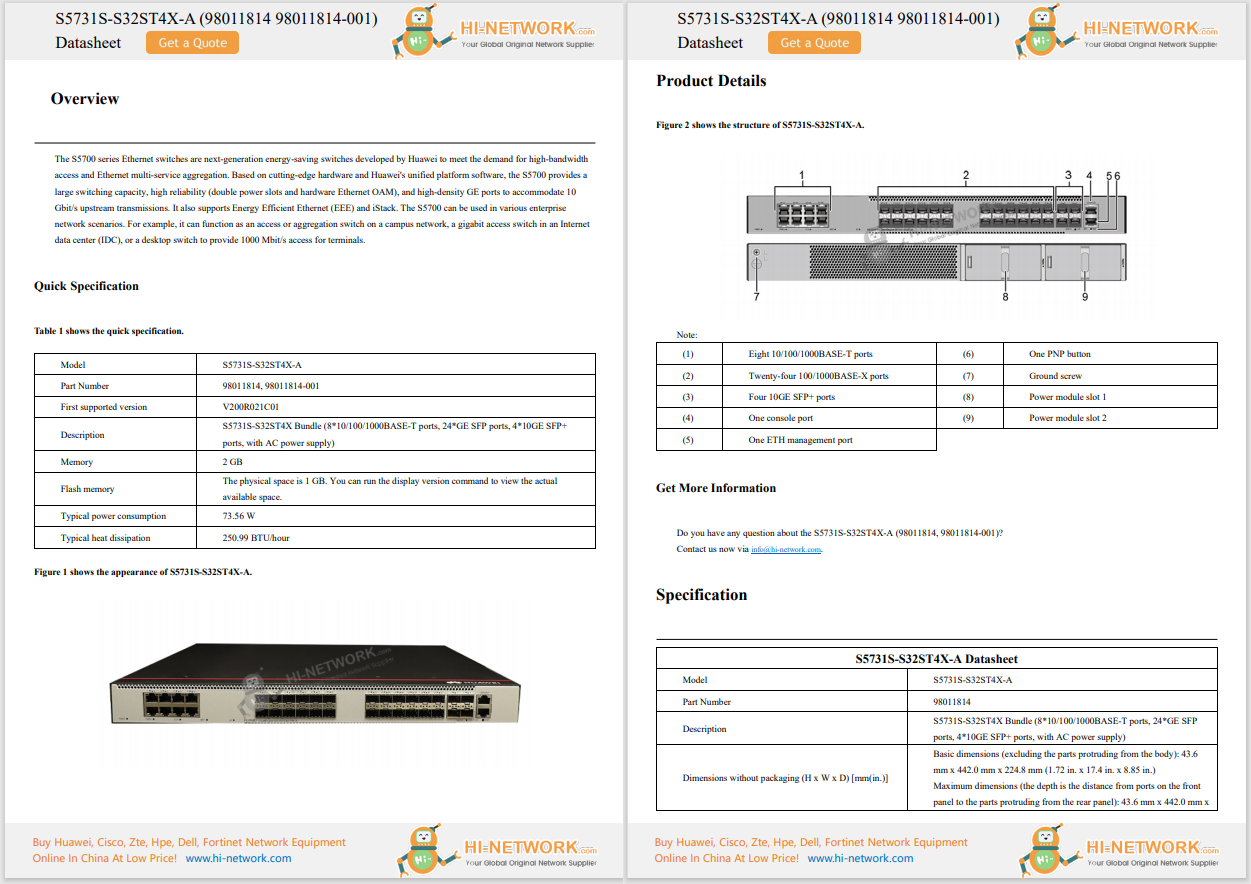
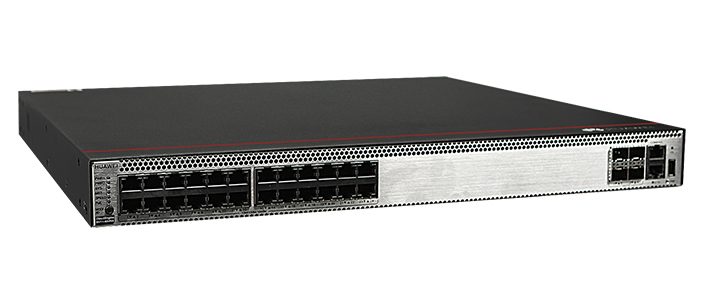
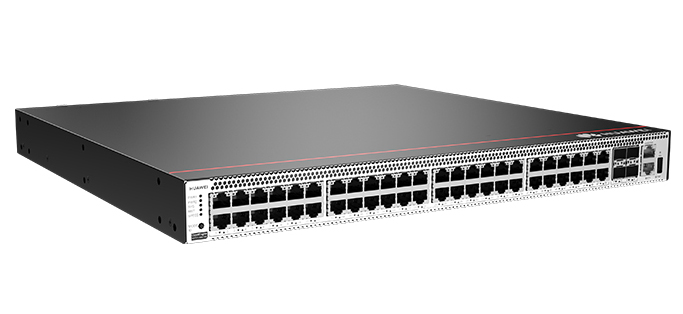

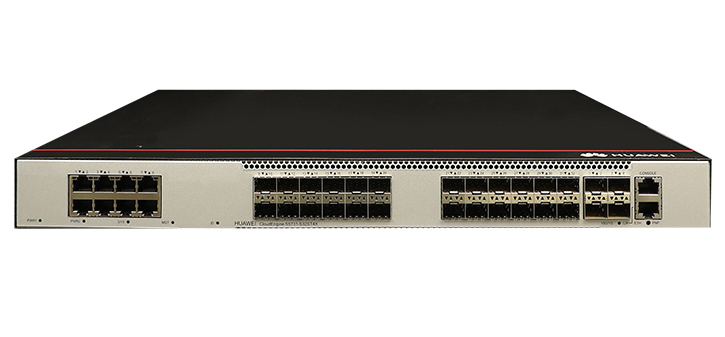

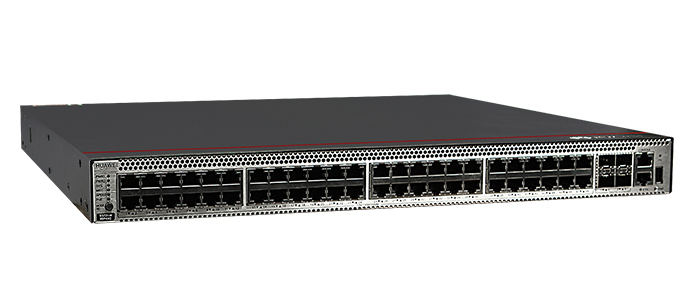


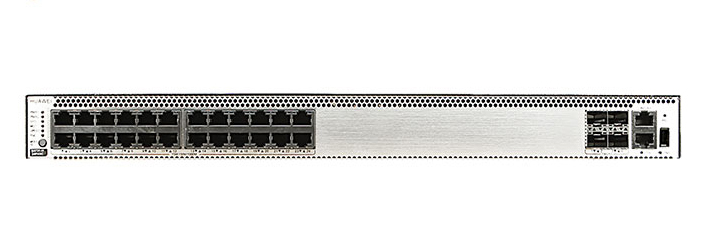



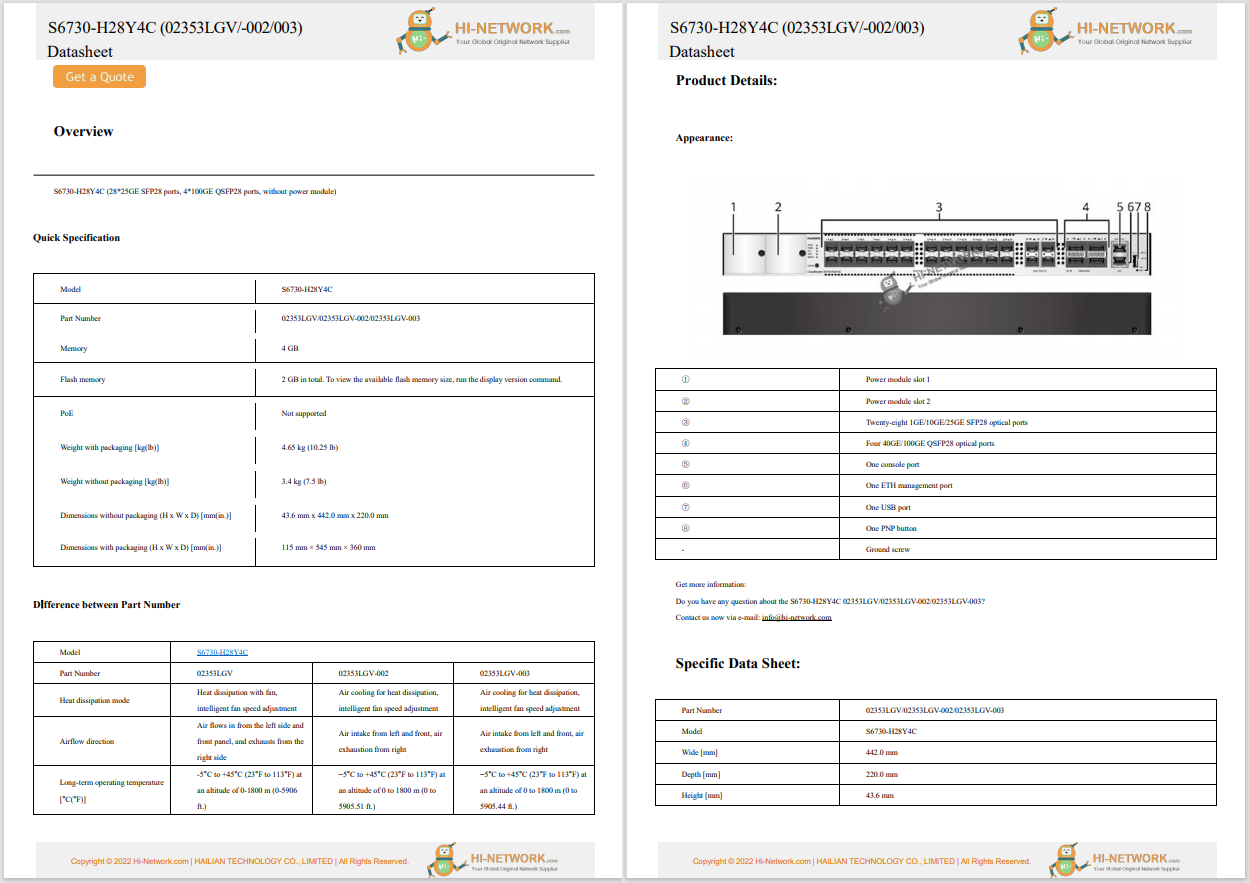






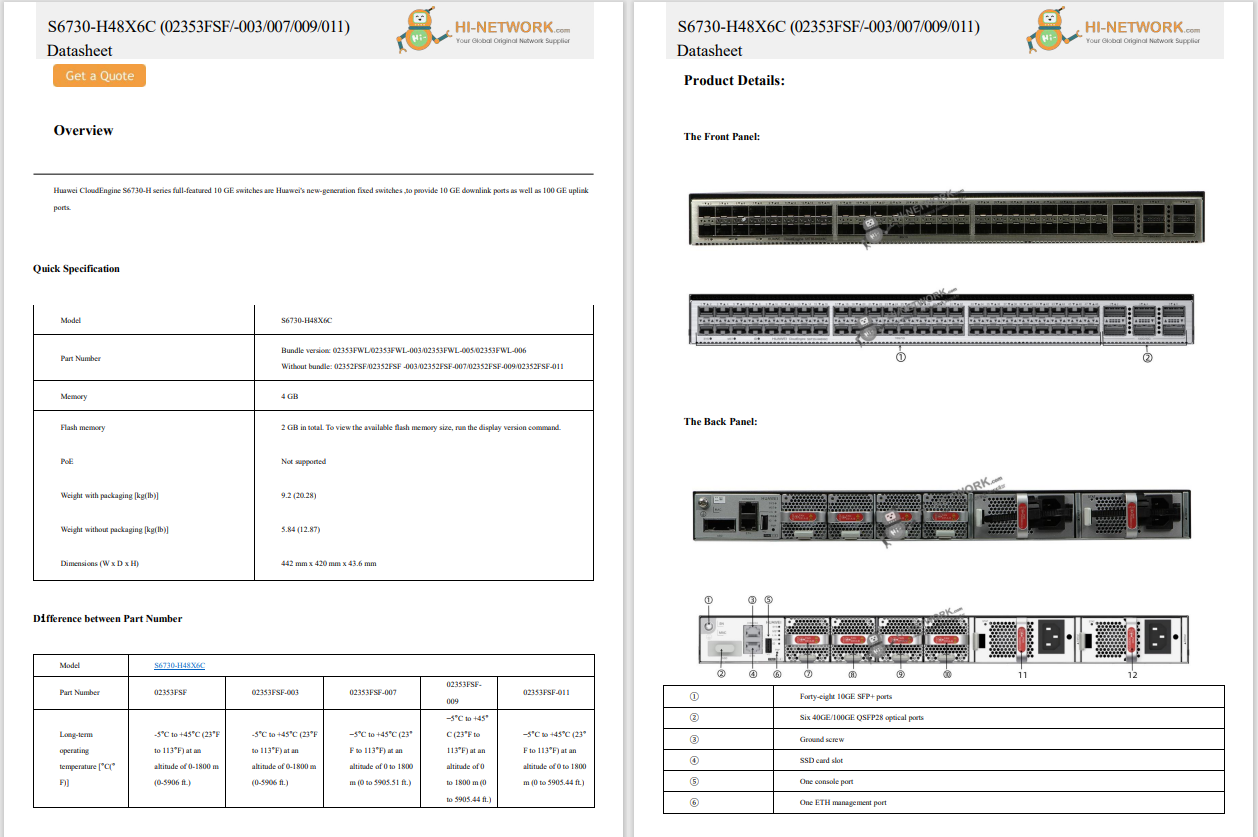





Most people who have developed a sensible backup strategy did it the hard way, after losing precious data to a disk crash or a power surge, or losing an entire data-filled PC to a thief or in a natural disaster such as a fire or flood. That sinking feeling as you realize you will never see those files again is painful and unforgettable.
Also: I never pay full price for PCs or Macs, thanks to these 7 money-saving tricks
The natural response to that sort of loss is to resolve never to let it happen again. And if it has not happened to you --yet-- then now is a great time to make that resolution. But devising an effective backup strategy, one that works without requiring a lot of extra effort, takes organization, planning, and forethought.
Where do you start? It's a four-step process.
In my experience, you have three backup strategies to choose from. Which one you choose involves equal parts personal preference and practicality. The biggest factor to consider is whether the data you need to back up is work related or strictly personal.
Here is a brief description of each one.
This approach is for people whose PC is primarily for casual personal use. If your IT department takes care of managing your work laptop and backing up work-related files to your company's network, you only need to worry about personal files: photos, digital photos and videos, and important documents. Backing up those crucial files to your preferred cloud service is the logical solution.
Also: 5 simple ways to regain your data privacy online - starting today
If your system drive has a catastrophic failure, you will have to reinstall your operating system and apps, but you do not have to worry about losing those important files, which are safely tucked away in the cloud, with one or more synced copies available locally, just in case. On a PC running Windows 10 or Windows 11, you can use the Windows Backup app to automate the process of backing up files, apps, and settings to OneDrive.
On a PC that you (and possibly other family members) use for work, school, and personal tasks, you might want to ensure that every data file for every user account is backed up for quick recovery in the event of a problem. You can back up everything (except the operating system, apps, and saved settings) to the cloud, a local drive, or both.
Also: The best cloud storage services: Expert tested
This option lets you recover older versions of a file or folder after accidentally deleting it. It also allows you to retrieve an older version of a document that has been overwritten by more recent work, and it gives you the option to recover all data for all users if you migrate to a new PC, replace your primary storage, or reinstall your operating system from scratch -- or, in the worst-case scenario, if that PC is lost, stolen, damaged, or compromised by a ransomware attack.
This option is the one to choose if business continuity matters more than anything else. It is labor intensive initially, and it can require intermediate-to-advanced technical skills, but it will save you a tremendous amount of time if you need to recover quickly from a crash or upgrade to a new PC or Mac with the absolute minimum of downtime.
A system image includes everything on the target drive: hidden configuration files, installed programs, settings, and data files. Typically, the image file is saved on an external drive connected via USB; with the right software, you can save an image file to another PC or server on a local network or in the cloud.
Done right, a backup image is a perfect clone of the system configuration at the time it was taken. That means, of course, that you have to find a way to back up data files and other system changes you make after that image is created.
Also: How to clear the cache on your Windows 11 PC (and free up valuable system resources)
Both Macs and Windows PCs include built-in software that can help with this task. MacOS has Time Machine, which can be used to do a full system restore. Windows 11 and Windows 10 offer the legacy Windows Backup client, which does image backups as well as allowing incremental backups of data files in common locations.
If you choose third-party software, you can create fairly sophisticated routines that capture occasional full images along with differential or incremental backups to keep you covered.
What do you have to lose?
Everyone has a collection of personal files they would absolutely hate to never see again. That video of your firstborn taking his first steps, the PDF copies of your tax returns for the last five years that the bank wants before they can process your mortgage application, the CV or resume you need to send to the recruiter offering you the job of your dreams -- all of these are irreplaceable.
That is not to mention all your other personal photos and videos, plus digital music and media files that you bought or downloaded long ago that are not available on streaming services, as well as folders full of work, school, and personal documents that are not on anyone else's server.
Oh, and do not forget program installers, product keys, license info, and other digital details you will need when you are restoring apps after a crash.
Also: The 5 apps I depend on to keep my life and data organized
Many of these files can be re-created from online sources, although that can be an extremely tedious process. But some of the items on that list are absolutely irreplaceable, and keeping your only copy on a hard disk that is one power surge away from an unrecoverable crash is foolhardy, to say the least.
Once you have identified the files and folders that are most important, you can organize them into a handful of known locations that you can target for backup. That last step is key: If your important files are scattered across multiple locations, you are likely to miss one of those folders and end up with an incomplete backup.
And even though you might prefer an idiosyncratic organizational structure, I recommend that you keep everything in the folders that are created and managed by the operating system for you: Documents, Downloads, Photos, Videos, and so on. For a Windows PC, that is your user profile folder. On a Mac, it is the Home folder for your user account.
Which backup destination is right for you? This is a multiple-choice question, with the available answers being:
As far as I am concerned, copying your most important files to the cloud and then syncing them to multiple local devices is the core of an effective backup strategy.
Putting those files in the cloud means you are not at the mercy of hardware failures. A catastrophic failure of the cloud provider is a very low risk, especially if you store with a provider that has engineered redundancy and fault tolerance into its system, and has the financial wherewithal to survive an economic downturn. Microsoft, Google, Apple, and Dropbox are unlikely to go out of business anytime soon, so having a Plan B is prudent but not quite as urgent as preparing for a local disk crash.
Also: Maxing out your Google cloud storage? How I deleted more than 10TB, thanks to this handy tool
Privacy and security are not trivial concerns here, but depending on your preferences and your budget, those concerns can be dealt with by choosing your cloud provider wisely or by encrypting files locally before sending them to the cloud.
The bigger problems with the cloud are, of course, the cost of storage and the limitations of bandwidth. Those problems intensify as your cache of data grows larger. Consumer plans like Microsoft 365 give you access to as much as a terabyte of storage for a few dollars per month, but your Internet service provider might have a thing or two to say about that, as upload/download caps can turn the process of backing up and restoring from the cloud into a multi-day activity. And you can be hit with unexpected charges or slowdowns if the total goes over your data cap.
So, is a local drive better than the cloud? Well, yes, at least sometimes, for some tasks.
Also: I doubled my PC's storage with this thumb-sized accessory. Here's how it works
Storing your backups on a local drive means you have ready access to them and can restore your files as fast as your external hard drive and your storage bus can deliver them, unencumbered by any limitations of your cloud provider or your broadband connection. But those local copies are vulnerable to some of the same risks as the PC containing the original data. If your home or office is destroyed by fire or flood, your local backups are likely to disappear along with the PC they are backing up.
Clearly, the most complete strategy involves a hybrid approach, with important files safely stored in the cloud and copies of that big cloud store synced locally, and maybe another copy of the most important files on a thumb drive in a safe deposit box or another offsite location. Just in case.
A backup you cannot restore is worse than no backup at all.
Checking the status of synced cloud data files is fairly simple -- just compare the contents of the remote folder with your synced local copy. Local backup images need more attention.
Also: Stop buying cheap, no-name SSD drives - here's why
Good backup software allows you to schedule regular backups and notifies you after each operation runs, giving you a heads-up if it encounters any errors. But that is only half the job. If business continuity is the goal, you need to test your backup image to confirm that it can easily and quickly be restored. You definitely do not want to discover that your image file is damaged or corrupted when you are under the gun to restore it.
If you have a spare PC or Mac handy, you can use it as a testbed. Some third-party software allows you to mount a backup image as a virtual drive or restore it to a virtual machine, which greatly simplifies the burden of testing. But whatever you do, do not skip that step.
So, what's in your backup plan? Share your experience and advice with other readers in the comments below.
Get the morning's top stories in your inbox each day with ourTech Today newsletter.
 Tags chauds:
Notre processus
Tags chauds:
Notre processus